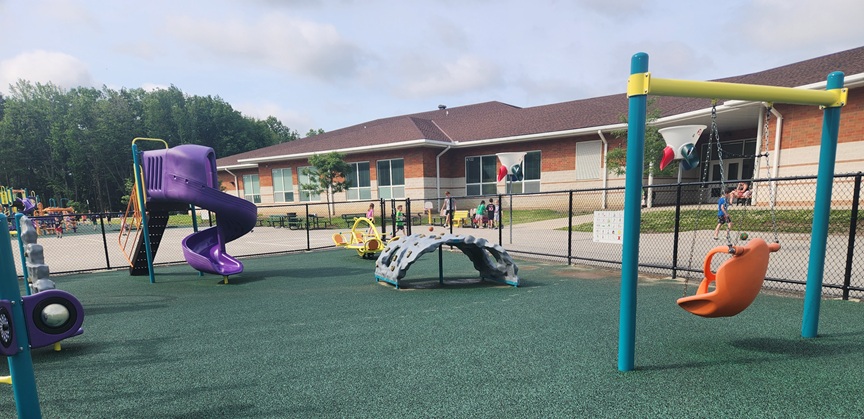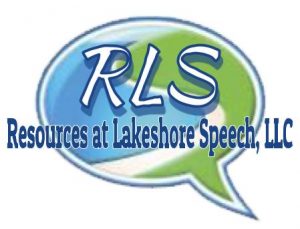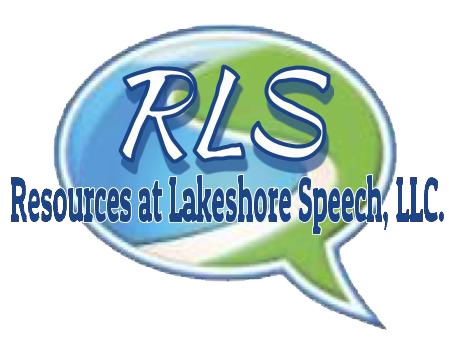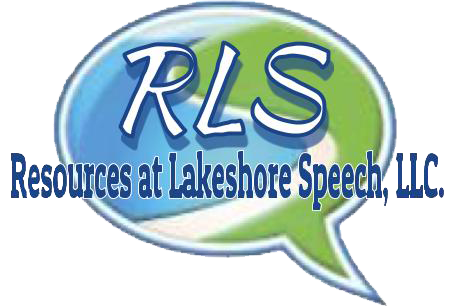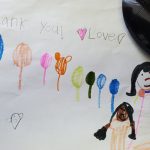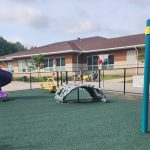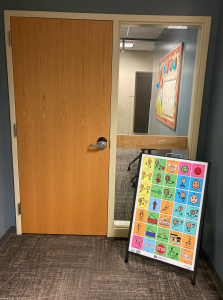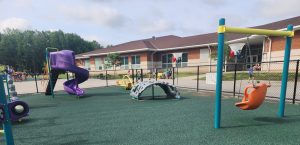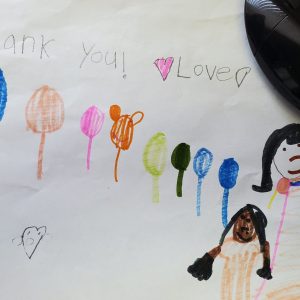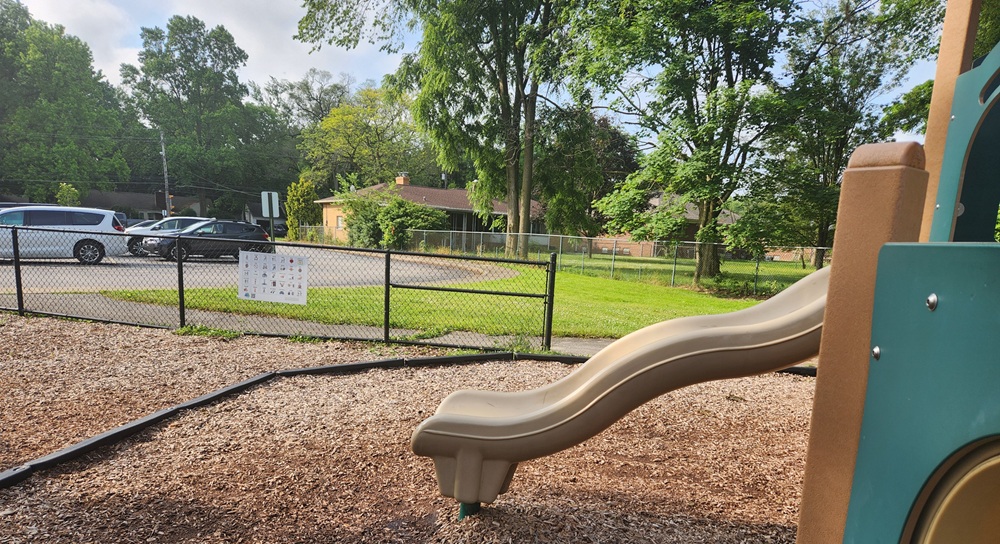
Most Speech-Language Pathologists (SLPs), have found that the best therapy doesn’t always happen in a therapy room—it happens in real life, with real experiences, and yes, even in flip-flops! Summer is the perfect time to step outside, breathe in fresh air, and embrace opportunities for natural language development. One favorite tool for enhancing these experiences? Outdoor communication boards.
What Are Outdoor Communication Boards?
Outdoor communication boards are large, durable visual boards typically placed in parks, playgrounds, pools, or other community spaces. They display symbols or words representing common actions, items, and emotions—designed especially for individuals who use Augmentative and Alternative Communication (AAC) or who benefit from visual supports.
Imagine a child at the park who’s nonverbal or has limited expressive language. They can point to symbols like swing, help, or more to share their thoughts or needs. These boards give voice to those who need a little extra support and create an inclusive space where everyone can participate.
Why Summer Is the Perfect Time for Outdoor Language Growth
During summer, routines relax a bit, and families are often seeking ways to keep kids active and engaged. Here’s why combining outdoor play with communication support is such a powerful mix:
🌞 1. Real-World Context Boosts Learning
Kids are more likely to use new vocabulary when it’s tied to something they’re doing and excited about. Whether they’re building a sandcastle, riding a tricycle, or splashing in a water table, those moments are ripe with opportunities to model and reinforce language.
🛝 2. Communication Boards Promote Inclusion
Outdoor boards are visual reminders that communication is for everyone. Kids who use AAC are given equal access to the language-rich play that their peers enjoy. When peers and caregivers use the boards together, it normalizes alternative communication methods and promotes social interaction.
👣 3. Movement Enhances Speech & Language
Research supports the connection between movement and language development. Outdoor play encourages gross motor activity, which in turn can stimulate brain areas related to speech and language. Plus, it’s just plain fun!
SLP Tips for Using Outdoor Communication Boards This Summer
Here are a few ideas to make the most of your outdoor language time:
Model language:
Point to symbols while speaking. For example, say “You want to SWING!” while pointing to the symbol for swing.
Encourage choice-making:
Let your child choose between slide or sandbox using the board.
- Use for routines: Create simple “scripts” like “I want help,” “More bubbles,” or “All done.”
Engage peers:
Teach siblings or friends how to use the board too. Communication is a team sport!
Be patient and flexible:
Give kids plenty of time to explore and express themselves without pressure.
A Final Thought from the Playground
Communication doesn’t stop when school ends or therapy pauses for the summer—it grows, changes, and thrives in everyday life. Parents, caregivers, and communities are encouraged to embrace tools like outdoor communication boards that open doors for all kids to connect, play, and feel heard.
This summer, let’s make our parks more than just places to play—let’s make them places to communicate.
